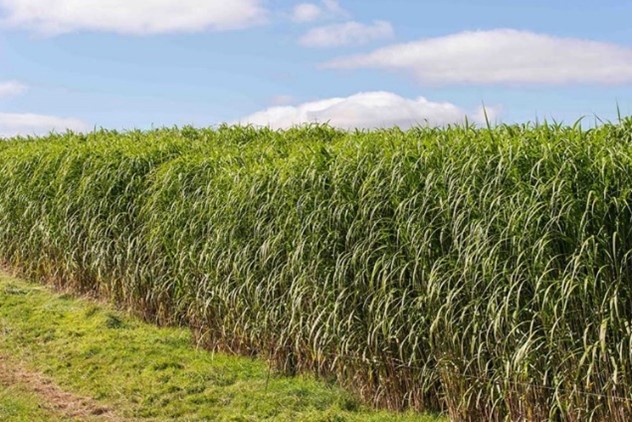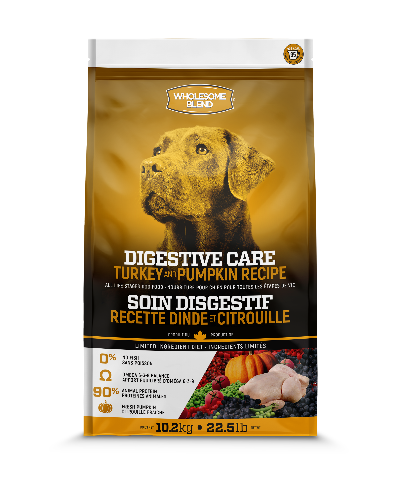Ingredient Highlight: Miscanthus Grass
- Nutrition
The miscanthus grass we use in our formulations is a natural, non-GMO and minimally processed perennial grass grown in the Midwest of the United States. Miscanthus stalks grow in long canes up to 10 ft high until they are harvested in late fall and winter. Once harvested, miscanthus grass is ground into a finer material that is suitable for pet food.

The miscanthus grass we use in our formulations is a natural, non-GMO and minimally processed perennial grass grown in the Midwest of the United States. Miscanthus stalks grow in long canes up to 10 ft high until they are harvested in late fall and winter. Once harvested, miscanthus grass is ground into a finer material that is suitable for pet food.
Our miscanthus grass typically contains 83.5% total dietary fiber, an often-overlooked nutrient that is key to the proper functioning of the digestive system and can support a healthy weight.
A large proportion of the fiber found in miscanthus grass is insoluble and non-fermentable, meaning the fiber can’t be broken down by digestive enzymes or fermented by gut bacteria. This makes miscanthus grass ideal for weight control or weight loss foods because the fiber can’t be turned into energy, reducing the caloric density of the food. Insoluble fibers are also beneficial because they effectively increase fecal bulk and decrease intestinal transit time. This helps to prevent gastrointestinal discomfort and constipation. The decrease in transit time also benefits cats prone to hairballs as the improved gastric motility helps to remove ingested hair through the feces rather than accumulating in the stomach and being vomited up.
There are multiple health benefits for the inclusion of miscanthus grass in pet food but supporting the production of miscanthus grass can also be beneficial for the environment. Compared to cellulose, a common insoluble fiber source used in pet food, the production of miscanthus grass uses 86% less fossil fuels, 98% less water and emits 87% less green house gases. This is because the production of miscanthus grass is relatively simple - canes are dried in the field and once the moisture level has reduced to the desired amount, the stalks are ground.
Another benefit of miscanthus grass is that it can be harvested as early as two years after planting with max yields by year three or four and a production lifespan of 5-40 years. This differs significantly from cellulose that is produced from trees and requires decades before it can be harvested. The short growth cycle and long production lifespan of miscanthus grass allows a sustainable, long-term fiber source for our products.
You can find this eco-friendly, functional ingredient in our NEW Wholesome Blend Digestive Care Turkey & Pumpkin Recipe dog food.

References
- Burrows, C. F., Kronfeld, C. A., Banta, C. A & Merritt, A. M. (1982). Effects of Fiber on
- Digestibility and Transit Time in Dogs. Journal of Nutrition. DOI:10.1093/jn/112.9.1726
- Donadelli, R. A & Aldrich, C. G. (2019). The effects of diets varying in fibre sources on nutrientutilization, stool quality and hairball management in cats. Journal of Animal Physiology and Animal Nutrition, 104 (2), 715-724. https://doi.org/10.1111/jpn.13289
- Donadelli, R. A & Aldrich, C. G. (2019). The effects on nutrient utilization and stool quality of Beagle dogs fed diets with beet pulp, cellulose, and Miscanthus grass. Journal of Animal Science, 4134-4139. doi:10.1093/jas/skz265
- MFiber. (n.d). 100% All-Natural Miscanthus Fiber* The Wholesome Alternative to Cellulose. https://mfiber.net/rapidly-renewable/
- Pet Sustinability Coalition. (2020). Life Cycle Analysis of MFiber.https://petsustainability.org/portfolio/life-cycle-analysis-of-mfiber/